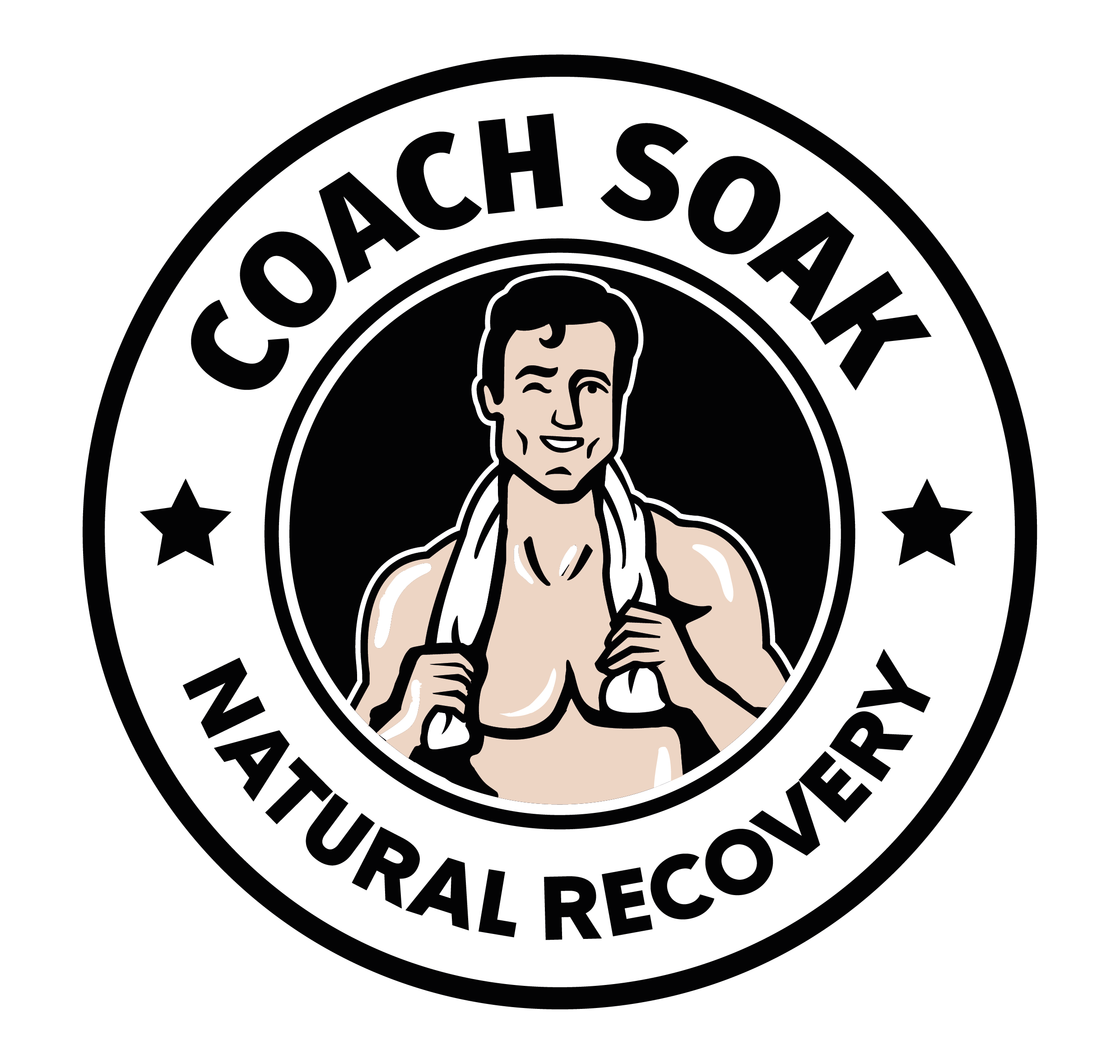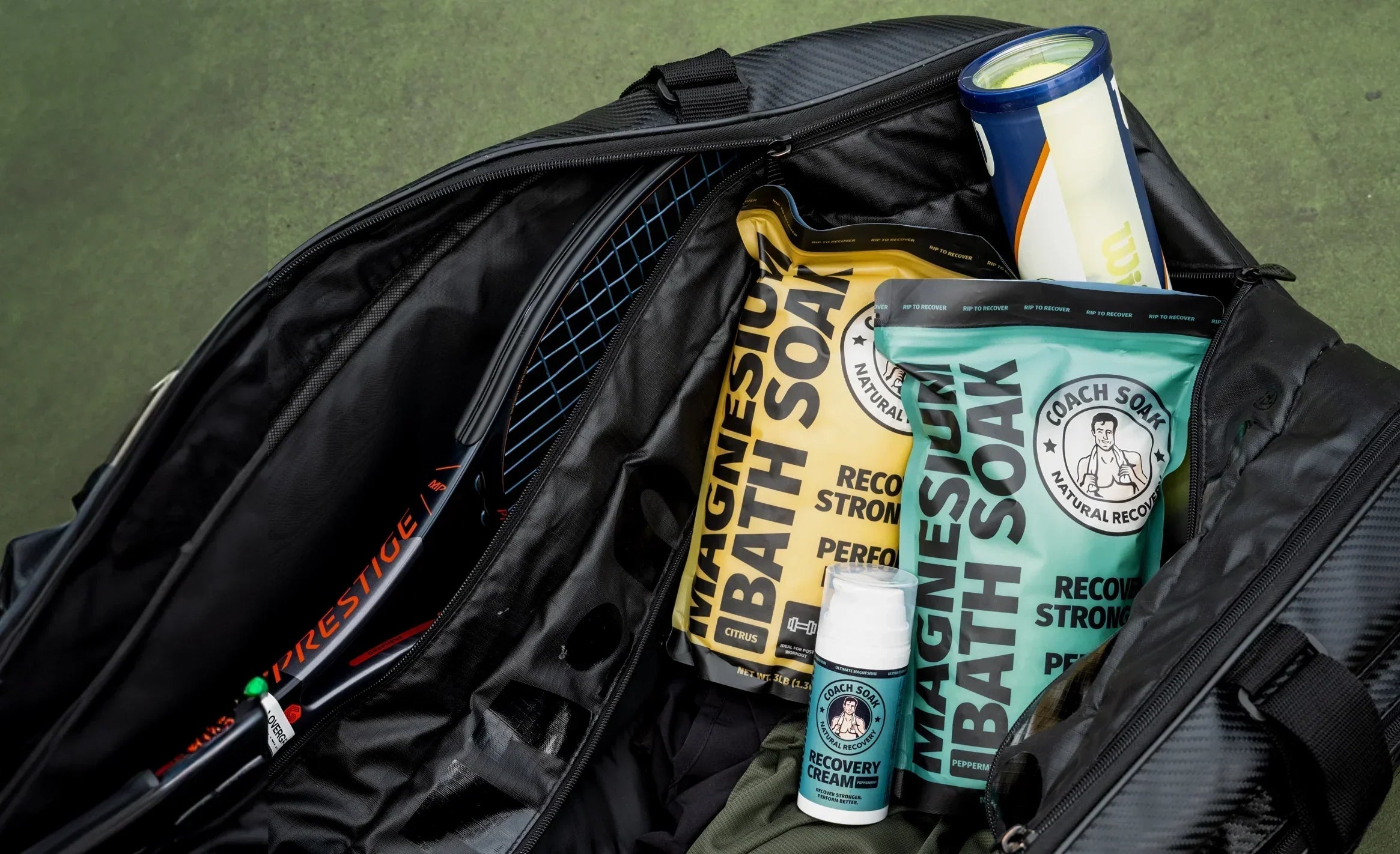In 2025, more people are turning to transdermal magnesium rituals — especially those using pure Dead Sea magnesium chloride flakes — as part of their post-workout routine. Known for its skin-nourishing minerals and calming sensation, it offers a refreshing way to unwind and recharge after physical activity.
Pushing your limits in a workout feels incredible, but the inevitable muscle pain after workout that follows can sideline even the most dedicated athlete. As fitness science and recovery techniques evolve, what was once accepted as "good enough" no longer cuts it for those seeking peak performance and rapid rejuvenation. While many still reach for common remedies, the landscape of muscle recovery in 2025 offers far more sophisticated and potent solutions. Imagine cutting down your recovery time significantly, soothing those aching muscles more effectively, and getting back to your training stronger than before. The answer lies beyond the usual quick fixes, delving into targeted mineral therapies that work with your body to deliver truly transformative results.

Understanding That Post-Workout Ache: What's New in 2025?
That familiar tenderness and stiffness, the very definition of muscle pain after workout, is something we all know as Delayed Onset Muscle Soreness, or DOMS. For years, the general understanding was that DOMS resulted purely from microscopic tears in muscle fibers. While that's part of the story, the science in 2025 paints a more detailed picture, giving us better clues on how to combat it effectively.
The Evolving Science of Soreness
Current research emphasizes that DOMS is a complex interplay of factors. Yes, those micro-tears are present, triggering your body's natural repair processes. But it's also about the subsequent inflammation, the accumulation of metabolic byproducts, and even a degree of oxidative stress within the muscle cells. Understanding these nuances is key to developing truly effective recovery strategies.
- Inflammatory Response: While a natural part of healing, excessive or prolonged inflammation can heighten pain and slow recovery.
- Cellular Repair: The body rushes resources to repair damaged muscle tissue, a process that can contribute to soreness.
- Mineral Depletion: Intense exercise can deplete crucial minerals like magnesium, which are vital for muscle function and relaxation.
Why Traditional Approaches Might Not Be Enough Anymore
Many common remedies, like simple ice baths or basic stretching, offer some relief but often don't address the full spectrum of factors contributing to DOMS in 2025. They might temporarily numb the area or provide a general sense of well-being, but for accelerated and deep recovery, especially for those pushing their physical boundaries, more targeted and potent interventions are needed. This is where understanding the critical role of specific minerals, delivered effectively, changes the game.
The Classics Revisited: Timeless Recovery Techniques Still in Play
While we're always looking for the next big thing in athletic recovery, some foundational practices remain valuable components of any post-workout routine. These methods have stood the test of time for good reason, and when combined with newer, targeted therapies, they create a powerful synergy for muscle repair and rejuvenation.
Active Recovery: Keeping Things Moving
It might seem counterintuitive to move when you're sore, but light, gentle activity can actually be beneficial. Think low-impact cardio like a slow walk, an easy cycle, or a few laps in the pool. This helps to increase blood flow to the tired muscles, potentially flushing out some of those metabolic byproducts we talked about and delivering fresh nutrients to aid repair. It's not about pushing yourself, but rather about encouraging circulation and reducing stiffness.
Stretching: The Suppleness Strategy
Stretching, both dynamic (movement-based) before workouts and static (hold-based) after, plays a role in maintaining flexibility and range of motion. Post-workout static stretches can help to lengthen muscles that have been working hard and may alleviate some of the immediate tightness. While it might not dramatically reduce DOMS on its own, it contributes to overall muscle health and can feel pretty good too!
Hydration and Nutrition: Fuelling the Repair
What you put into your body post-exercise is crucial. Rehydrating adequately is non-negotiable, as water is essential for nearly every bodily function, including muscle repair. Alongside this, consuming a balanced mix of protein and carbohydrates within a reasonable timeframe after your workout provides the building blocks your muscles need to recover and rebuild stronger. Protein helps repair those micro-tears, while carbohydrates replenish depleted glycogen stores, giving you energy for your next session.
Rest and Sleep: The Ultimate Healer
Never underestimate the power of good old-fashioned rest and quality sleep. This is when your body does the bulk of its repair work. During deep sleep, growth hormone is released, which is critical for tissue regeneration. Skimping on sleep can seriously hamper your recovery, no matter what other techniques you employ. These timeless methods are important, forming a solid base for any recovery plan. However, for those seeking to truly optimize and accelerate muscle pain relief in 2025, layering in more advanced, targeted solutions can make a significant difference.
Pushing Boundaries: Emerging Treatments & Tech for Muscle Soreness in 2025
The drive for faster, more effective recovery is constantly fuelling innovation. As we look at the landscape in 2025, several exciting treatments and technologies are making their mark, offering more personalized and potent ways to address muscle pain after workout and enhance your body's healing capabilities. These aren't just futuristic concepts; many are becoming increasingly accessible tools for athletes and fitness enthusiasts alike.
Smart Recovery: The Role of Technology
Technology is no longer just for tracking your workouts; it's becoming an indispensable partner in your recovery journey. The ability to gather data and receive personalized feedback is revolutionizing how we approach muscle care.
Wearable Wonders
Beyond step counts, advanced wearable devices in 2025 offer deeper insights into your muscle status. Think sensors that can provide real-time feedback on muscle oxygenation or strain, helping you understand your body's response to exercise like never before. Some devices even offer localized electrical muscle stimulation (EMS) or transcutaneous electrical nerve stimulation (TENS) to target sore areas directly, promoting blood flow and pain relief on the go.
AI-Powered Guidance
Imagine a recovery plan tailored specifically to your last workout, your current physiological state, and your future goals. AI-driven applications are making this a reality. By analyzing your training data, sleep patterns, and even biomarker inputs, these smart systems can suggest optimized recovery protocols, from specific stretches to nutritional advice, ensuring you're doing exactly what your body needs.
Advanced Therapeutic Modalities
Alongside tech, specific therapeutic treatments are gaining traction for their targeted impact on muscle recovery and inflammation.
Red Light Therapy (Photobiomodulation)
Once a niche treatment, red light therapy is now a recognized player in athletic recovery. This non-invasive technique uses specific wavelengths of red and near-infrared light to penetrate the skin, stimulating cellular energy production and reducing oxidative stress within muscle cells. The result? Potentially faster repair, reduced inflammation, and less soreness.
Next-Generation Compression
We've moved beyond simple compression socks. Dynamic compression systems, often resembling inflatable sleeves for your limbs, use sequential pulsing compression to mimic natural muscle pumps. This can significantly enhance circulation, help clear metabolic waste products, and reduce swelling and stiffness much more effectively than static compression alone.
The Quest for Optimal Internal Balance
Ultimately, many of these emerging approaches highlight a growing understanding: true recovery isn't just about surface-level treatments. It's about supporting your body's internal healing mechanisms and ensuring it has the essential resources it needs. This focus on foundational, bioavailable support is where certain mineral therapies, often overlooked but incredibly powerful, are making a significant comeback, offering a potent way to address muscle pain from the inside out.
Crafting Your Perfect Recovery: Tailoring Treatments to Your Needs
With so many recovery options available, from time-tested classics to cutting-edge technologies, how do you choose what's right for you? The truth is, there's no single "magic bullet" recovery plan that suits everyone. The most effective approach in 2025 is a personalized one, carefully considering your unique circumstances, workout style, and how your body responds. Crafting your perfect recovery routine is about intelligent selection and thoughtful combination.
Factor In Your Training Intensity and Type
The demands of a marathon training run are vastly different from those of a heavy lifting session or a high-intensity interval training (HIIT) class. Your recovery strategy should reflect this.
- Endurance Athletes: Might benefit more from prolonged, gentle active recovery, excellent hydration, and targeted nutrient replenishment to combat extensive muscle fatigue and glycogen depletion.
- Strength Athletes: May find significant relief from modalities that address acute muscle pain after workout and promote repair, such as advanced mineral soaks or red light therapy, alongside sufficient protein intake.
- HIIT Enthusiasts: Often experience a combination of muscle soreness and systemic fatigue. A balanced approach including good sleep, targeted mineral support for rapid replenishment, and perhaps dynamic compression could be ideal.
Become an Expert in Your Own Body
One of the most valuable skills an active individual can develop is the ability to listen to their body. Pay attention to the signals it sends. Is the soreness a dull ache that improves with movement, or is it sharp and persistent? How long does it typically take you to feel back to normal after a tough workout? Tracking these responses, perhaps with a simple journal or a smart app, can help you identify patterns and understand which recovery methods yield the best results for you.
Align Recovery with Your Goals
Your recovery needs will also shift based on your current fitness objectives.
- Peak Performance: If you're training for a specific event, your recovery will be laser-focused on maximizing adaptation and minimizing downtime. This is where investing in more advanced and potent solutions, like high-quality magnesium therapies, truly pays off.
- General Fitness and Well-being: Your approach might be more about consistent comfort and maintaining mobility. Here, foundational practices combined with regular, soothing treatments can be highly effective.
- Injury Prevention: If you're prone to certain types_of soreness or injury, your recovery plan should proactively address these vulnerabilities.
Don't Forget Foundational Support
Regardless of your specific routine, ensuring your body has the core building blocks for repair is essential. This is where high-quality nutritional support and effective mineral replenishment come into play. While many turn to common options, recognizing the superior efficacy of certain formulations, such as pure Dead Sea magnesium chloride for muscle recovery, can elevate any tailored plan. Experience unparalleled muscle recuperation and reduce downtime significantly by choosing ingredients designed for optimal bioavailability.
Experimentation is key. Try different combinations of techniques and pay close attention to how you feel. Over time, you’ll build a personalized recovery toolkit that helps you bounce back faster, feel better, and keep pushing towards your fitness aspirations in 2025.



